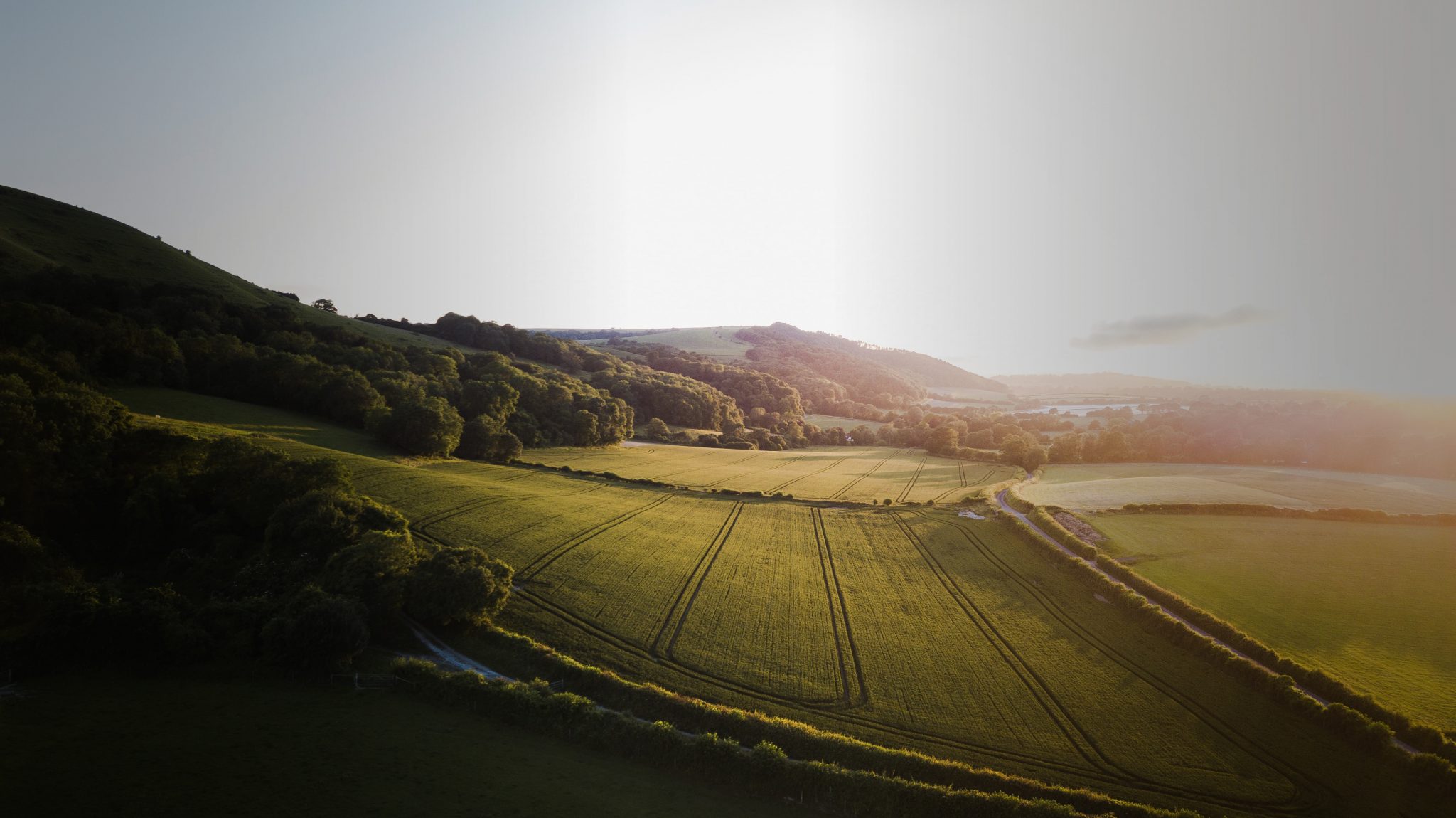Gamechanger calf rearers benefit from working in partnership with the Blade Farming team, feed suppliers, veterinary advisors and customers. The rearing regime, based on a 12-week cycle, has been developed in consultation with veterinary surgeons and ruminant nutritional consultants to ensure maximum calf growth rates. It also minimises health challenges for growing calves, which regularly achieve growth rates in excess of 1kg daily live-weight gain. Calves are reared to order and are grown to a minimum of 100kg live-weight before they are sold to finishers.
To become a Gamechanger rearer you will need:
- To be Red Tractor Assured
- To have livestock expertise
- To have appropriate buildings and infrastructure
The benefits of being a Gamechanger rearer:
- The bed-and-breakfast basis reduces working capital markedly. Rearers provide buildings, labour, straw, electricity and water. We supply calves, feed, veterinary support and medicines.
- Our people are available whenever you need them. They strike a balance – non-intrusive, but supportive and always ready.
- We drive continuous improvement to our system, so rearers trust that everything they are required to do is justified and effective.
Meet the rearer – Sarah Whiting
Sarah is based in Cornwall and rears just over 800 calves a year in two purpose-built sheds. Sarah rears calves in groups of 30 throughout their 12 to 14 weeks stay. A six-week milk phase uses machine feeders with electronic identification that tracks every calf individually. On arrival, Sarah spends time teaching them how to use the milk machine, programmed to give three feeds a day.
If a calf is not drinking enough, feeding too slowly or for too short a time, the machine issues an alert so that poorly individuals can be examined and treated. Calves are allowed access to the machine teats even when milk is unavailable to minimise calf-to-calf naval sucking and stress. Over the six weeks, they consume about 22kg/head of powdered milk. For rumen development, a 16% protein dry feed and barley straw are available ad lib. Weaning is done gradually over a two-week period. About a week after weaning, calves move into a rearing shed in the same groups of 30 to minimise stress.
As a Blade rearer, Sarah was convinced long ago of the value derived from calves getting a standard set of health and welfare protection measures. This includes vaccination against respiratory disease, ringworm and coccidiosis, and treatments for fly control and external parasites. Eliminating the waste caused by ill health also makes a significant contribution to sustainability and minimising a unit’s carbon footprint.

